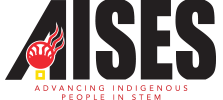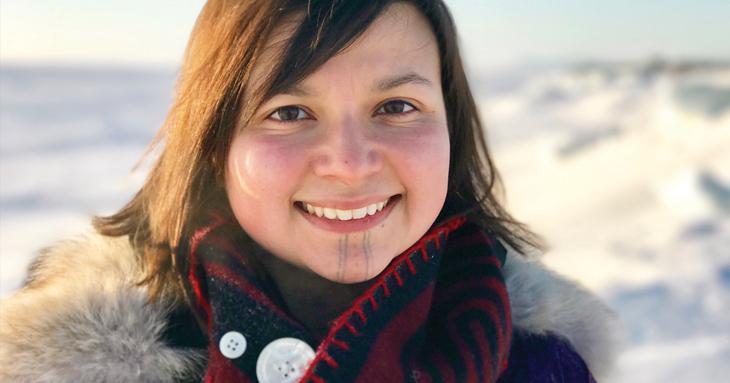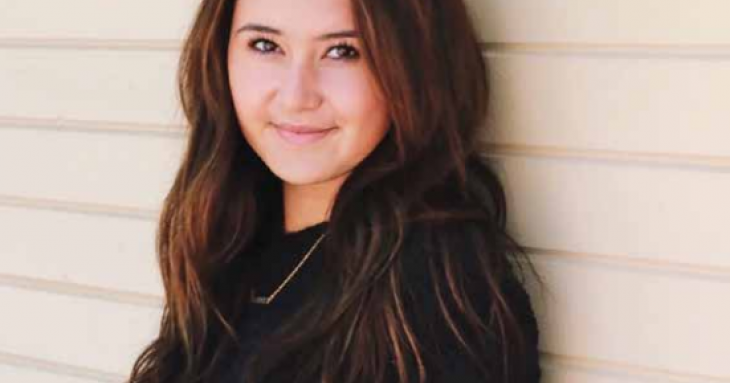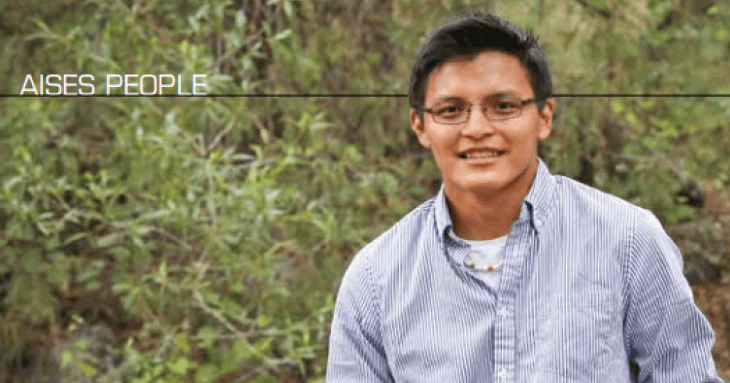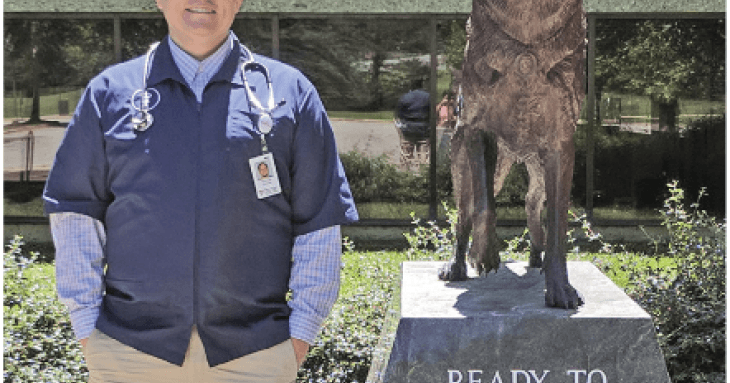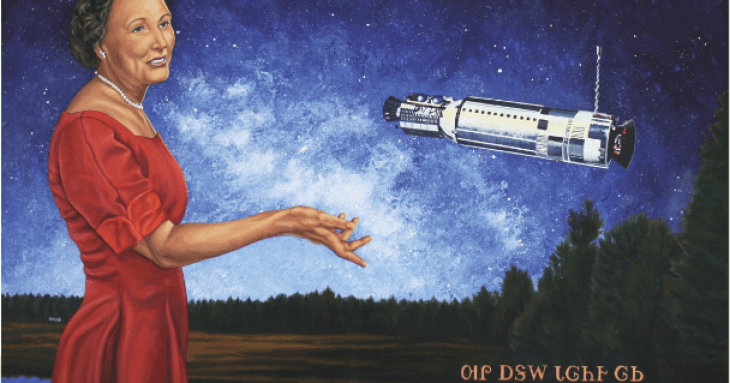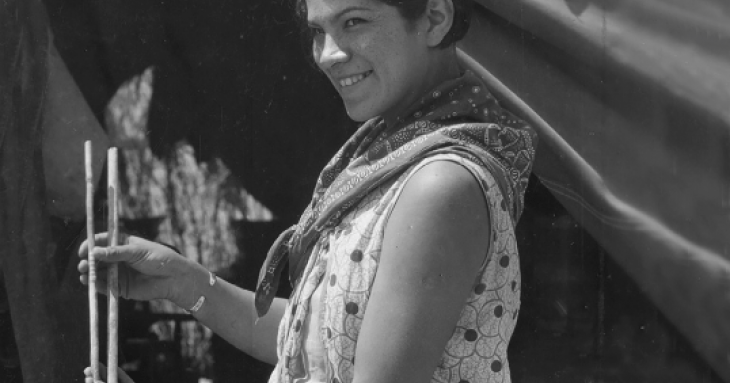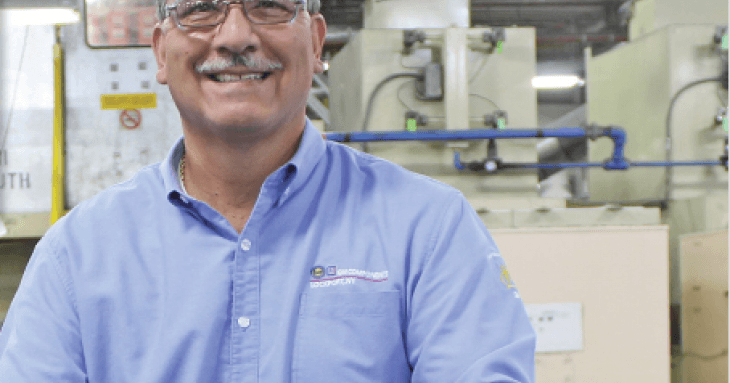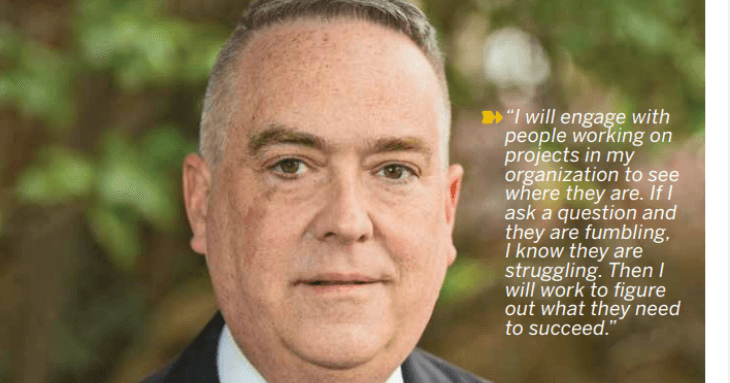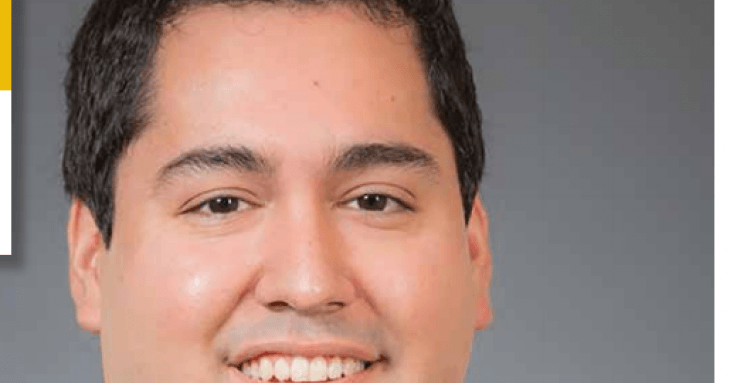-
Meghan “Sigvanna” Topkok, Iñupiaq (Native Village Of Ambler), Dartmouth College, Native American Studies, University Of Oregon School Of Law, Juris Doctor
My higher education path can best be described as “where there’s a will, there’s a way!” Even though my dad had gone to community college, no one in my family had gone to a traditional four-year college, or gone on to graduate school, so I didn’t really know what to expect. I found out it’s not always easy, but with passion and dedication you can do anything.
-
Jason Baldes, Eastern Shoshone, Wind River Native Advocacy Center, Executive Director
Growing up on the Wind River Reservation in Fort Washakie, Wyo., Jason Baldes got an early start in wilderness exploration. As a child he would traverse the backcountry of the reservation on horseback with his father. Together they visited over 200 lakes in the Wind River Wilderness, the first nationally protected wilderness area in the United States.
-
Sofia Kehualani Panarella / Native Hawai’ian / Brown University / Economics and Public Health
Sofia Panarella has lived in many places, from Oregon to Montana to Rhode Island, but regardless of where she lives, she is, and always will be, a Native Hawai’ian. Moving from place to place opened Panarella’s eyes to the differences in living conditions and services available to individuals across the United States. It was these differences that pushed her to pursue a dream she didn’t even realize she had: to obtain a degree in economics and public health in order to make real change for real people, wherever she may be.
-
Earlson Begay / Navajo And White Mountain Apache / University of Arizona / Water Resources Technician Training Program
Carlson Begay’s quiet confidence is probably his most prominent character trait. “I may be shy, but I think that my shyness has helped me. I’ve met just the right number of people, and I’m glad I met some people and didn’t meet others,” he says when asked about which qualities have contributed to his success. It’s clear that Begay sees a rich world around him interconnected with the people who support his achievements.
-
Will Culver Cherokee / Virginia-Maryland Regional College of Veterinary Medicine / Veterinary Medicine and Public Health
He was just looking for a part-time job while he finished up at Mission Viejo High School in Orange County, Calif. It was 2001, and Will Culver had heard that a local veterinary hospital needed kennel assistants. He started out walking dogs, cleaning kennels, and bathing various kinds of animals. When he turned 18, they promoted him to veterinary assistant — and before too long, to veterinary technician, then shift supervisor. “I always loved animals, but that expanded exponentially after I started working at the hospital,” he says.
-
Mary Golda Ross Marking “Firsts” In Aerospace
Mary Golda Ross could have starred in her own motion picture about rocket scientists of color. Ross, Cherokee, is best known for her work as one of the country’s original rocket scientists, but her role was so well hidden that in 1958 she easily stumped the celebrity panelists on the popular TV game show What’s My Line?
-
Bertha Parker Pallan Cody: Taking A Scientific Approach to The Ancestral Record
Long considered the first female Native American archaeologist, Bertha Parker Pallan Cody led an intriguing life. She was born in 1907 to Seneca folklorist, archaeologist, musicologist, and historian Arthur Parker and Abenaki actress Beulah Tahamont. She was also the great niece of Ely S. Parker, engineer, attorney, and the first Native American commissioner of Indian affairs (and inspiration for the highest AISES award).
-
Professional of The Year / William Tiger / Miccosukee Tribe
When William Tiger was in the fourth grade he made the trek from his home in Florida to Washington, D.C. It wasn’t a school trip to tour the city’s monuments and visit the museums. Instead, Tiger ventured to the nation’s capital with three adults from his Miccosukee Tribe to appear before a U.S. Senate subcommittee meeting chaired by Robert Kennedy.
-
Executive Excellence / Gary Burnette / Cheroenhaka (Nottoway) Indian Tribe
When Gary Burnette was finishing up his degree in computer science in 1983, he knew exactly what he wanted to do with it: work at IBM. “There was no better place to be,” recalls Burnette, who remembers poring over glossy IBM brochures that detailed innovations the company was driving. “I was hoping I could get into a company that was advancing technology beyond everyone else and be a part of something on the edge.”
-
Most Promising Engineer or Scientist / Thomas Reed / Hopi
Reed has continued to work hard to help Native students interested in STEM careers. His efforts have led Raytheon to engage with local Native student communities in Boston.

